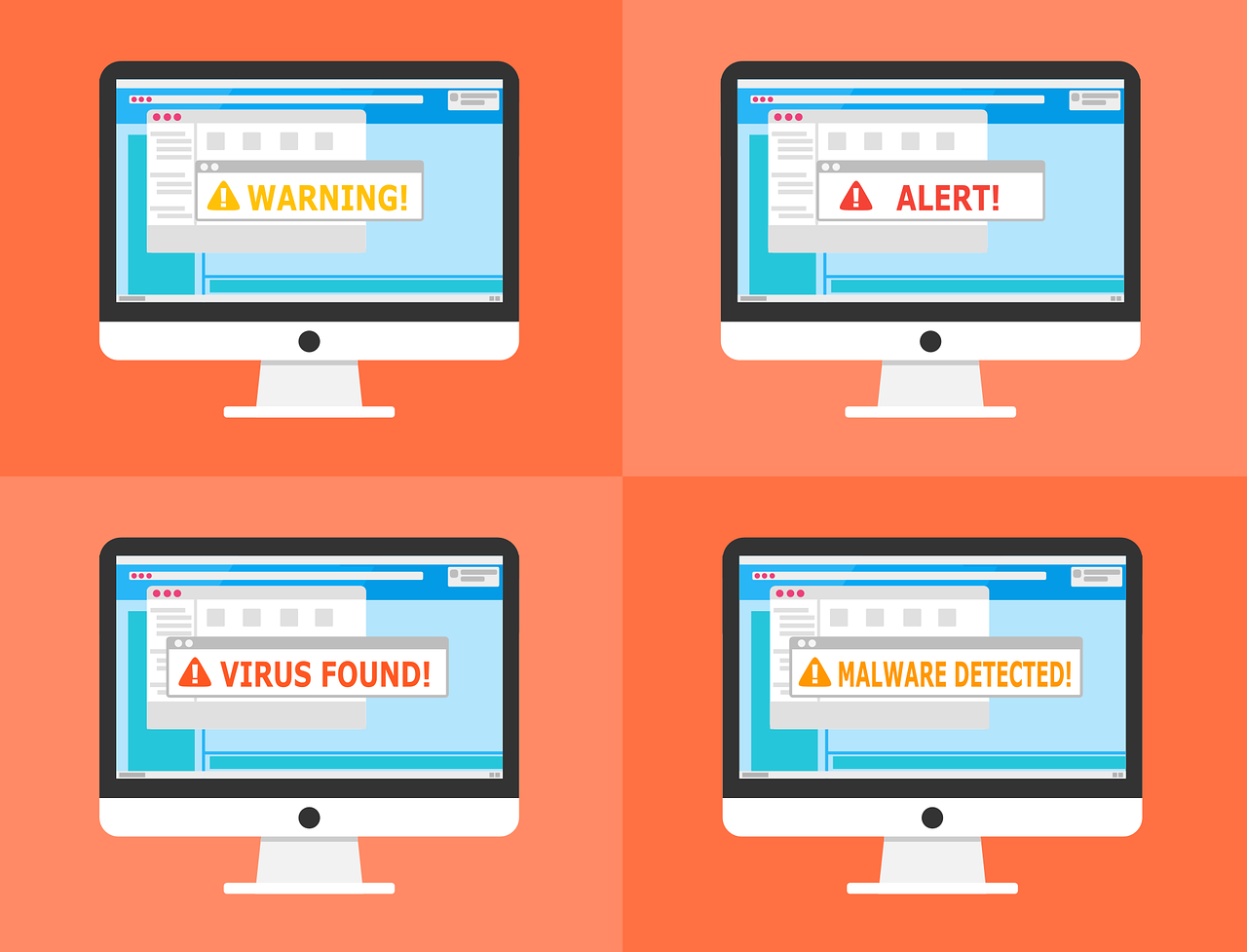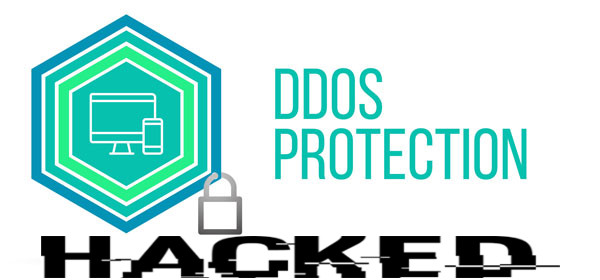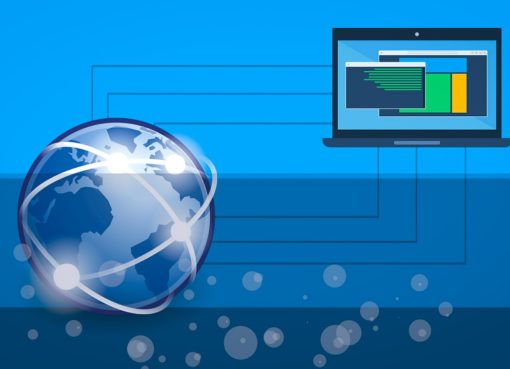The rise in the number of cyber attacks in 2017 indicates the impending dangers in the coming years. I think 2017 wasn’t a great year regarding cyber-security as we have seen several high profile cyber attacks including Deloitte, Uber, Equifax, and others. This number continues to increase the steady flow of security patches and updates.
In addition to unprecedented business opportunities, the fourth industrial revolution increased the inevitability of a cyber-attack. Businesses, in addition to security measures, need to build into technology from the beginning, awareness should be ingrained into their culture as it consists of significant investment. According to Gartner’s latest forecast, Global spend on information security products will reach to a massive $93 billion this year.
With the Technological advancement, the skills required to deal with cyber-security are changing. The primary challenge is to train cyber-security professionals to deal with threats as quickly as possible and also adapt their skills as required. A cyber-security ventures file recently stated that there exist 3.5 million unfilled cyber-security roles by 2021, the government and other private organizations have to collaborate and fill this enormous skill gap.
The question raises here, will 2018 be better than 2017 or worse? Let’s have a glance at a few trending and predictions.
Attacks Powered by AI: The Cybersecurity firms ranging from startups to larger ones are investing in Artificial Intelligence to predict and block the attacks. It is used in collection/automation of specific information related to a particular organization, sourced from social media platforms, code respirators and more.
Webroot’s recent report announced that 87% of Cybersecurity professionals in the United States use AI as more than 91% of these security professionals use AI and even hackers use this launch more advanced cyber-attacks. In addition to this, AI can assist hackers to crack passwords based on demographics, geography, and others.
Ransomware and Internet of Things: Ransomware and IoT as it stands hasn’t become a trending as most devices typically won’t store data and can be easily understood. Whenever the IoT device is infected, the data which it holds should be encrypted first. In addition to this, ransomware development would be expensive as the victims will be less.
Therefore, we shouldn’t consider the damage that can be caused by IoT ransomware. For instance, hackers target critical systems like power grids. The hackers may decide to shut down the grid if the victim fails to pay within the given short period. The pirate’s alternatively targeted the factory lines, home appliances, smart cars and others.
GDPR Compilation: On 25 May 2018, GDPR (General Data Protection Regulation) will come into effect as it consists numerous changes to the available Data Protection Directive. It includes much-elevated consent laws and rights for data subjects.
For any non-compliance, fines will be 4% of worldwide annual turnover or up to €20m. According to a recent Forrester report, nearly 80% people were unable to comply with GDPR.
Multifactor Authentication Standards: The investigations by Data Breach in 2016 by Verizon reported that more than half of confirmed data breaches involved stolen and weak passwords. Because several organizations still using one-factor authentication that relies on “something people know.”
Most of the companies tend to shy away from implementation of multi-factor as they believe that it would leave users with a negative experience. According to Bitdefender’s research, there is an increasing concern amongst the general public about stolen identities. Likewise, we will likely see a rise in the companies numbers that are implementing particular a form of MFA.
Sophisticated Security Technologies Adoption: The number of new emerging technologies is increasing day to day and may start to see a more comprehensive adoption this year. Deception technologies that work by imitating the critical assets of the company will act as a trap for hackers waiting to steal data.
This year, there’ll be a rise in the use of solutions that identify and control suspicious behavior. Additionally, Network Traffic is accustomed to controlling the traffic of the network. Another required resolution is to adopt sophisticated real-time amendment auditions that help companies’ to secure their critical assets in exceeding ways.
Sandbox Evasion: Sandboxing is one of the technologies these days to become a demanding method for identifying and preventing of malware.
Sandboxing can recognize if there exist any new strains of malware when they are inside it and waits until they are completed detected and sent outside before execution.
Along with several cyber-security threats, the increase in the nation-state cyber-attacks usually motivated by political influence leads to experience financial loss. These typical designs are to acquire intelligence to block objectives of that political entity and are targeted, highly sophisticated and incredibly disruptive. United States, Russia, North Korea, Iran, and China are the most notorious countries for unleashing these attacks.
Conclusion
The landscape of cyber-security is only to get more complex in 2018. Organisations can get to implement technologies to respond the changing trends and to defend against the ever-evolving techniques of hackers.

Prasanthi Korada, a Post Graduate in Computer Science from Andhra University was born and raised in Kakinada. She is currently working as a Content Contributor at Mindmajix.com. Her professional experience includes Content Writing at Vinutnaa IT Services and Digital Marketing at Prominere Software Solutions.





Comment here